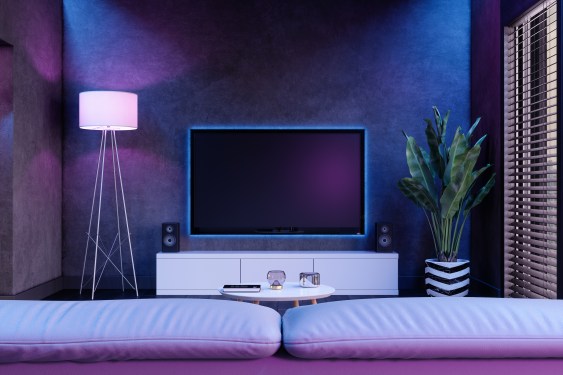YouTube on Wednesday introduced several new updates designed to improve its television user interface. Key updates include the introduction of shoppable QR codes, AI-powered video upscaling, and improved search functionality. These changes reflect the platform’s ongoing effort to solidify its position in the living room.
According to a Nielsen report from April, YouTube accounted for 12.4 percent of the total time audiences spent watching television. This means it beat other major media platforms like Disney, Paramount, and Netflix in viewership.
To augment its shopping offerings, YouTube now supports QR codes in videos. This allows creators to link specific products directly to their content. Viewers can scan these codes with their phones to quickly access product pages. This feature aims to boost revenue, especially for shopping-related content, which has seen 35 billion hours of watch time in the last year alone. The company also reported that the number of channels earning six figures or more from TV screens has increased by over 45 percent in the past year.
While shoppable QR codes are also offered by platforms like Roku and Peacock, YouTube states its functionality is designed to help creators sell their merchandise more effectively by linking directly to their own online stores. The platform is also testing the ability to showcase products at specific, timed moments within videos.
Other updates focus on enhancing the overall TV-watching experience. YouTube is expanding the thumbnail file limit from 2MB to 50MB to support 4K-resolution thumbnails. It is also experimenting with larger video uploads for select creators to enable higher-quality videos.
An AI-powered feature is being introduced to automatically convert videos uploaded at lower resolutions to full HD. The company plans to add support for upscaling to 4K resolution in the future. YouTube notes that creators will maintain control over their content and preserve the original files, and viewers can still choose to watch in the original upload resolution.
This move aims to bring YouTube’s TV viewing experience in line with competitors, though the effectiveness of the technology remains to be seen. Netflix was previously accused of using AI to upscale older shows, which led to problems like distorted faces and generally unsatisfactory results.
Additional new features include immersive previews to help viewers browse through videos and better content discovery with contextual search. When a viewer initiates a search directly from a creator’s channel page, the platform will now prioritize videos from that channel at the top of the search results instead of showing results from across all of YouTube.

